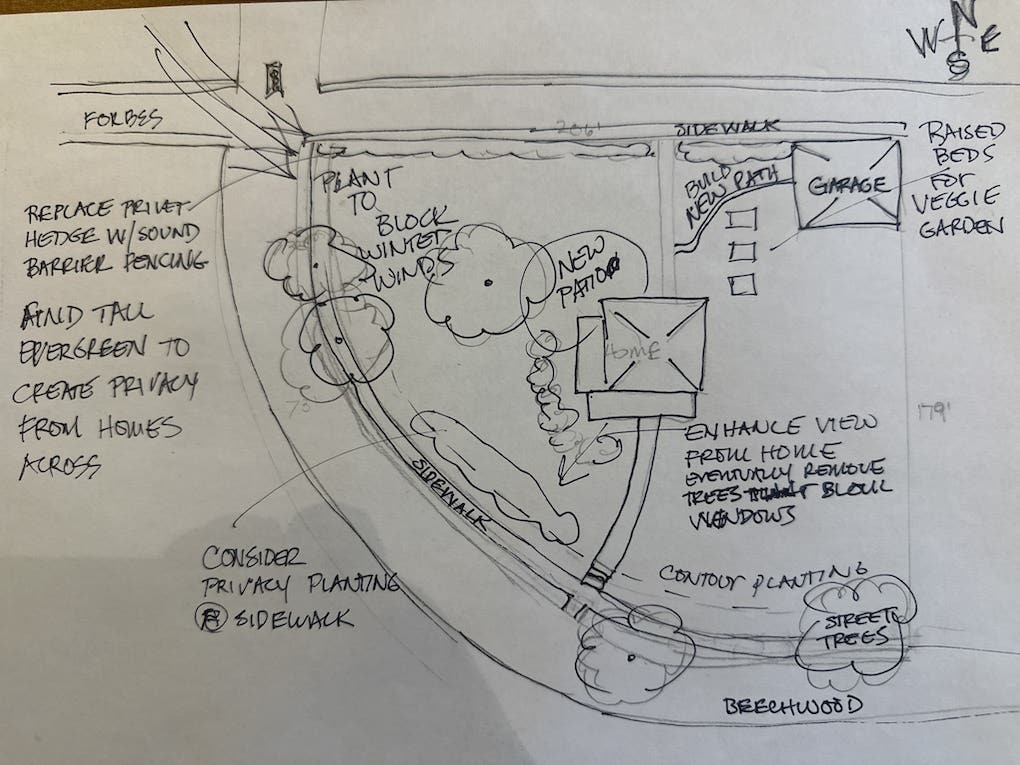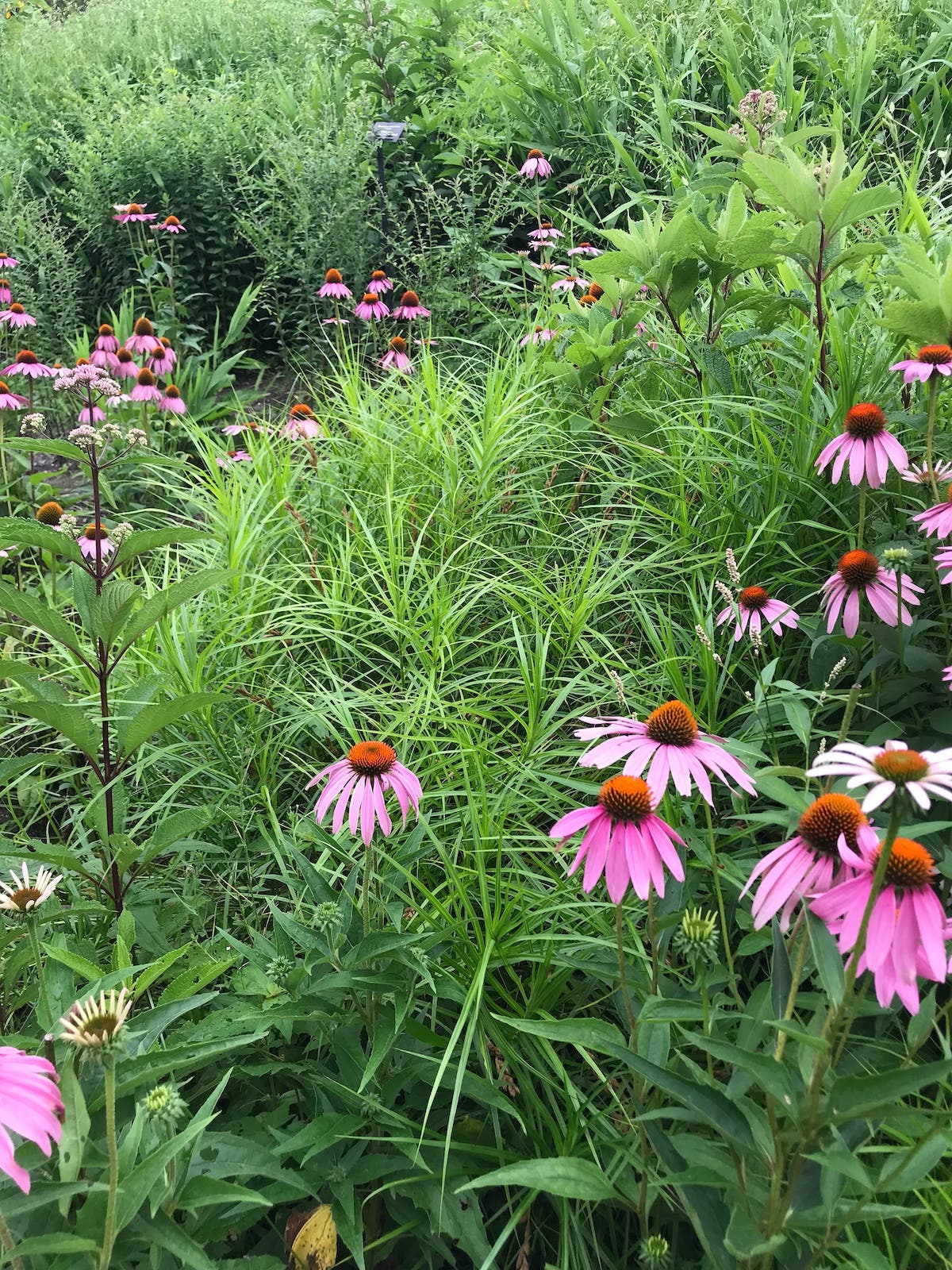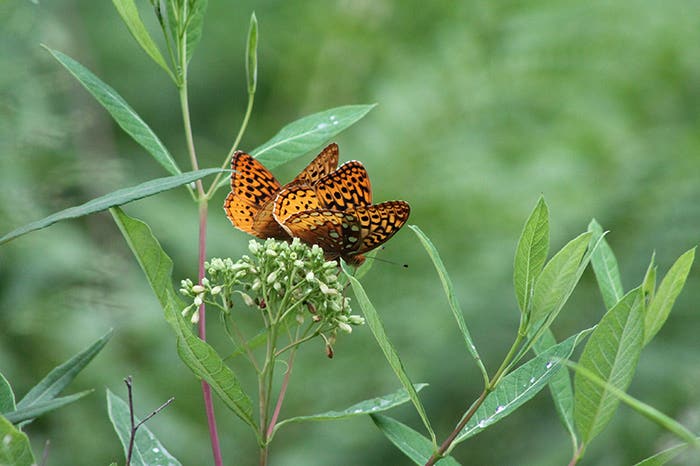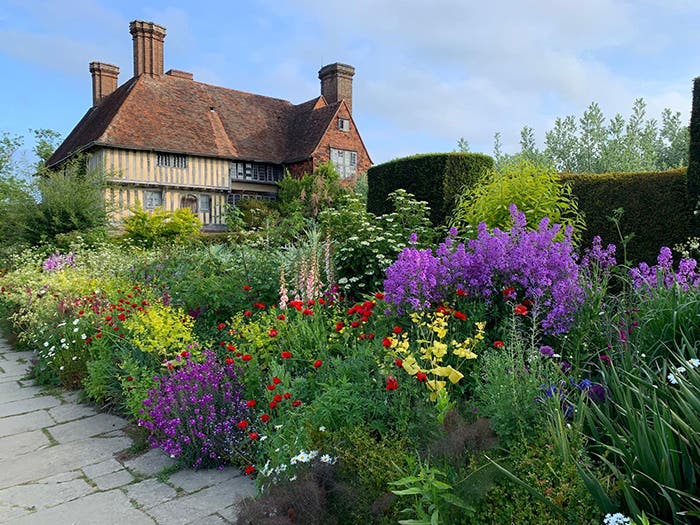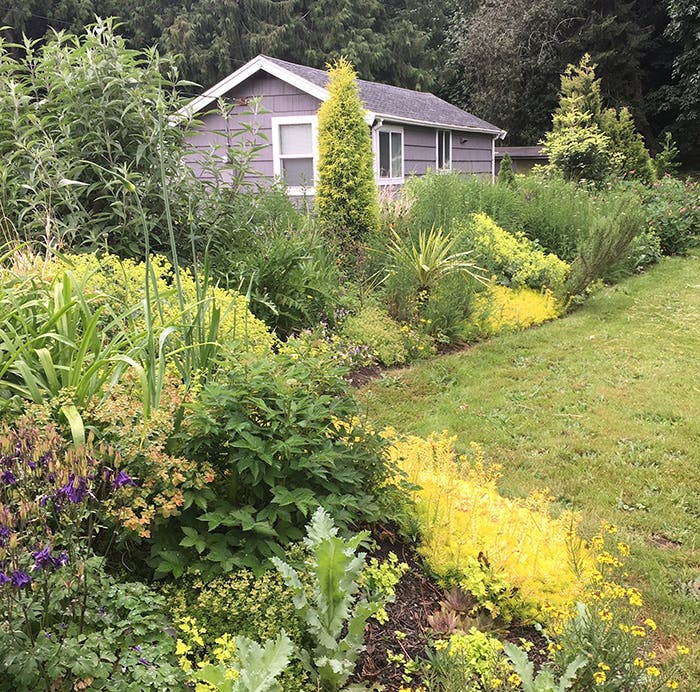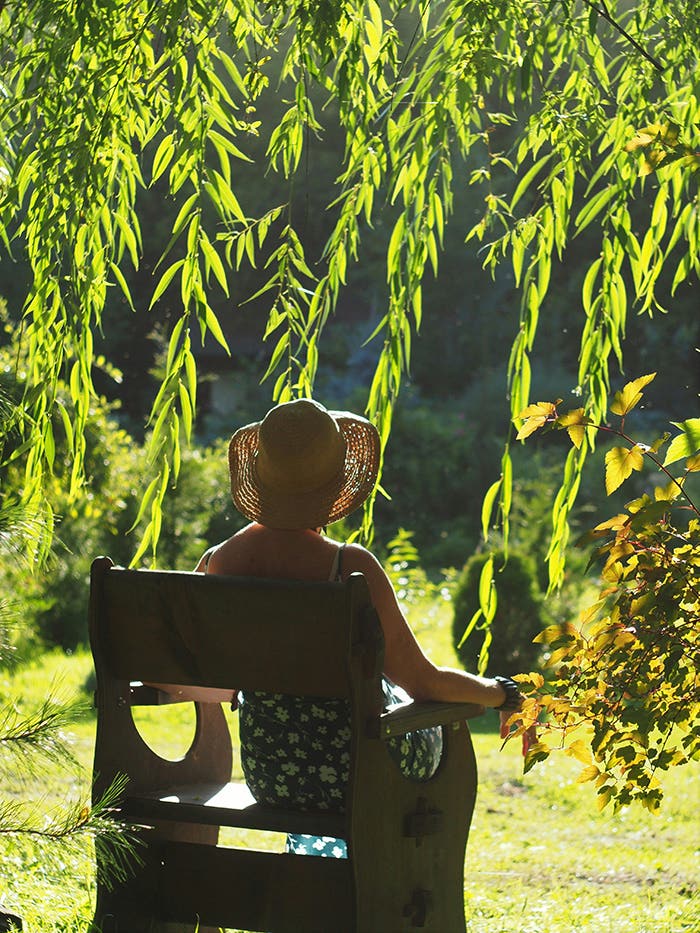7 Tips for Planning Garden Travel
Vacation or staycation, it needs a garden visit!
To me, the next best thing to working in a garden is touring one. When I visit a botanical garden or arboretum, I always find new plants to try and I love to note interesting design solutions. I also love that feeling of escape from the busy world.
Once I took a trip to New York City to explore its public gardens. The run-up to my trip stands out in my memory because that’s when I realized how easy it is to get caught up in planning—and how that just adds stress. The truth is you can rarely see everything in one trip, but you’ll always see something amazing. So relax! Have a short list of must-see gardens and sights, then simply go with the flow. Remember—some of the best garden discoveries come by chance.
That said, here are my top seven tips for planning a garden visit, be it the focus of your travel or just a stop along the way.
1. Consider the season. Many garden destinations will look great year-round, but it’s always a good idea to find out the peak season before timing your visit. If the garden has a strong collection of a certain type of flowering plant, you’ll probably want to be there to see those in bloom. Some gardens have seasonal closures or reduced hours at points in the year, so be sure to find that out. While you’re at it, learn the garden’s rules for visitors, including any restrictions around photography.
2. Leave the beaten path. Many of my favorite gardens aren’t the biggest names around. Guide books, tourism websites and, especially, the staff at your primary garden destination can point you toward some lesser known gems, be they small botanic gardens, city parks or gardens associated with an historical site.
3. Go it alone. When you visit a garden, you want to look at every plant, take photos and make notes. If you’re traveling with someone who isn’t as garden obsessed, consider splitting up for the day. That way you won’t feel rushed and your companion won’t be bored.
4. Time it right. I like to visit gardens in the early morning or later afternoon. In the warm seasons, these times of day are most comfortable. These are also better times for taking photos. I like to take a break at midday to eat in the garden’s cafe if it has one, and then find a shady spot to read or look over photos I took in the morning. If a garden offers free re-admission, sometimes I leave to explore the neighborhood.
5. Learn the history. Expand the enjoyment of your visit by researching the history of the garden and those that played a critical role in its development and design. I appreciate a garden more when I am aware of its historical significance and the people who designed the garden. Reading about a garden destination lets me experience or at least reflect on the garden before I ever step foot within it. Many garden trips are once-in-a-lifetime journeys, so I am all for anything that will extend the experience.
6. Plan a route. When I plan my travels, I spend time studying the transportation options. For New York City, I relied on subway, rail and buses. While I will never have the routes memorized, I learned enough to get around town without much to-do.
7. Relax. I have learned not to schedule every minute of every day—a hard habit to break, I will admit. But some of the best discoveries are found by asking, "What’s around that corner?” In a city setting, I like to pick a walking route that weaves through a few parks and gardens and then I eagerly veer off course without much concern. In the country, I like to ask garden staff if they can recommend any natural areas or nurseries to check out. I leave myself all day to explore and allow ample time for extra discoveries.


